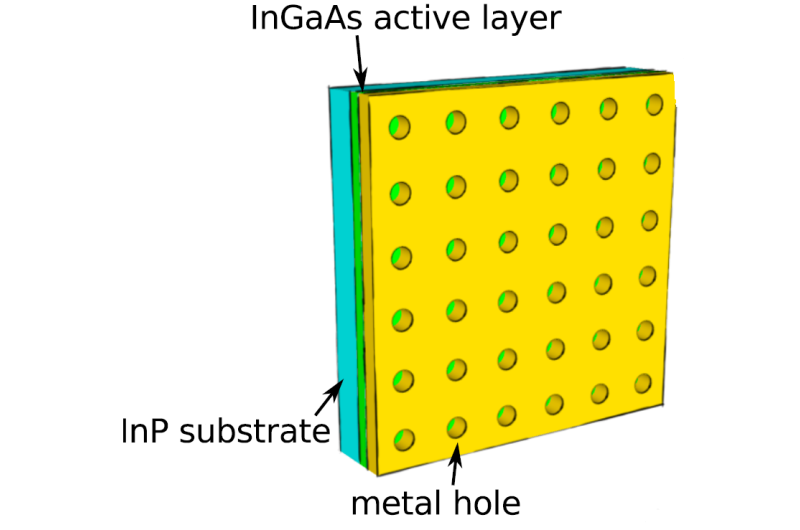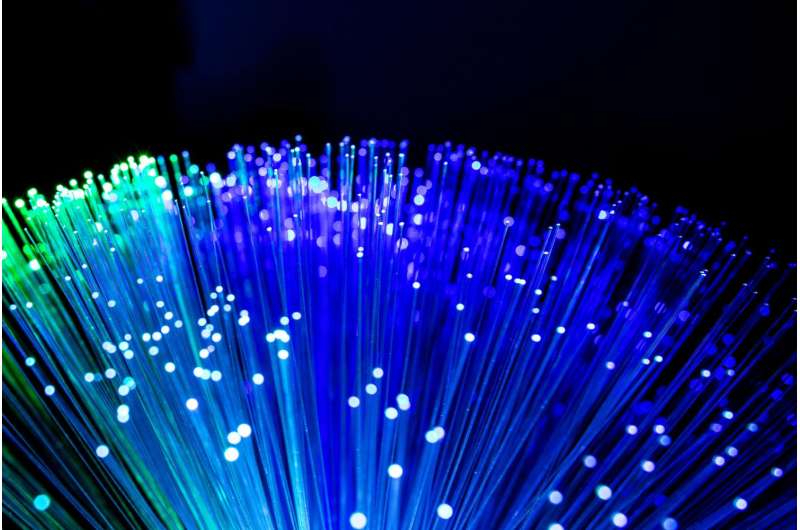Measuring surface plasmons could lead to faster internet

Leiden physicists describe a new method to measure so-called surface plasmons, which could lead to new light-based technologies, including faster internet.
When audiences watch a new Game of Thrones episode, they usually don't think about the billions of flashes of light that race through a worldwide optical fiber network each second, resulting in images on the screen. Those flashes of light encounter numerous nodes, among them, the router installed in the home. Routers, however, work with regular metal wires. The flashes of light are, therefore, transformed into an electrical signal. Then the router sends the signal forward again in the form of flashes. All this conversion is time consuming, slowing the stream.
Downloads would be much faster if routers could use optical flashes instead of an electrical signal. It is theoretically possible to send light through metal wires. In that case, light particles travel partially across and partially under the wire surface; these are surface plasmons. They do experience resistance, but scientists could compensate for it if they understand what is happening exactly. Ph.D. student Vasco Tenner and group leader Martin van Exter studied this phenomenon and published a new analytic method in ACS Photonics that they used to measure the properties of plasmons, including their phase.
The Leiden physicists sent a flash of light through a metal surface filled with holes. The interaction with free electrons in the metal held the light particles captured at the surface, and at the same time, the holes kept the light enclosed in a small area. To escape, light particles are bounced back by the holes. Now and then, a particle accidentally bounces off a hole, away from the metal, allowing measurement. "We see that we can learn a lot," Tenner says. "We already have improved the theory a little." The breakthrough gives scientists a new way to study surface plasmons, and eventually apply them for faster internet. Other applications include detecting single molecules for diagnosing cancer or adding more details to banknotes as an anti-counterfeiting measure.

More information: Vasco T. Tenner et al. Measurement of the Phase and Intensity Profile of Surface Plasmon Laser Emission, ACS Photonics (2016). DOI: 10.1021/acsphotonics.6b00239
Journal information: ACS Photonics
Provided by Leiden Institute of Physics





















